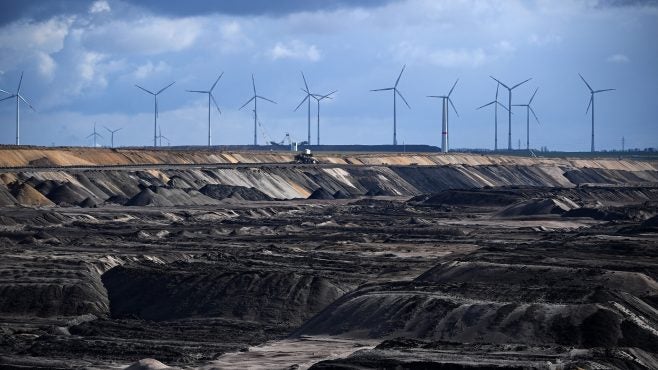The cost of financing new coal projects is rising quickly, shows research from the Oxford Sustainable Finance Programme at the University of Oxford, UK.
The data reveals the loan spread for coal projects has increased significantly over the past decade. This is the difference between how much lenders charge energy companies to finance projects and how much it cost lenders to access money. The riskier an investment, the more lenders will charge companies to compensate for the risk of lending money. If the loan spread increases over time, it suggests lenders are perceiving greater risk.

Discover B2B Marketing That Performs
Combine business intelligence and editorial excellence to reach engaged professionals across 36 leading media platforms.
The data shows the loan spread for financing coal mining and coal power plants increased by 54% and 38% respectively when comparing the period 2007–10 with the period 2017–20.
The Oxford Sustainable Finance Programme analysed syndicated bank loan spreads from LPC DealScan, a provider of global investment data. Researchers looked at data from 5,033 borrowers across 118 countries in the energy and electric utilities sectors.
Lenders will look at various risks when assessing how much to charge for capital. These include policy risks, such as carbon taxes and renewables subsidies; technology risks, such as improvements in battery storage and the prospect of improved carbon capture technology; legal risk, including the risk of litigation against new fossil fuel projects; and climate risks, such as the increased desire for climate-conscious investing.

US Tariffs are shifting - will you react or anticipate?
Don’t let policy changes catch you off guard. Stay proactive with real-time data and expert analysis.
By GlobalDataWhile these risks have made lenders increasingly unwilling to back new coal projects, the loan spread for oil and gas projects has either fallen or remained stable. This suggests financial constraints on oil and gas companies have not materialised in the same manner as coal.

Meanwhile, the loan spread for financing renewables fell – by 2% over the period for solar PV and by 12% and 24% for onshore and offshore wind, respectively. The trend of falling costs in renewables was particularly strong in western nations. Comparing the average in 2010–14 with 2015–20, solar PV loan spreads decreased by 27% in Europe and 32% in North America.
The average loan spread for coal mining has grown faster in developed markets such as Europe, North America and Australia, at 134%, 80% and 71%, respectively. It has risen more slowly in emerging markets such as Latin America, China and South East Asia, at 56%, 32% and 12%, respectively.
Emerging markets like India and China lead global investment in new coal power stations. Energy Monitor’s weekly data shows the ten largest coal power stations under construction worldwide are in China and India.
Christian Wilson, a research assistant at the Oxford Sustainable Finance Programme, says this situation likely reflects that public finance institutions in those countries play a greater role in energy investment. Public financing can be more influenced by domestic policy – which often still favours coal in these countries – than market trends.





